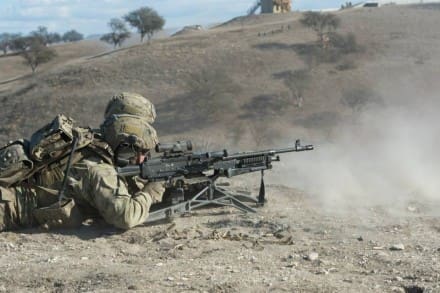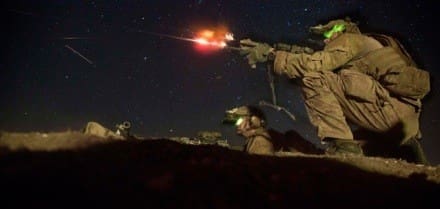From the video description:
Special Operation Forces – Department of Defense 1984 – PIN 701181 –
The film tells the story of the Special Operations Forces, and the special situations, for unconventional war, and a general war if the need arises because of today’s world situations. The evolving nations with political and economic power struggles have created a constant stream of world wide special situations and these are the missions of SOF.
1. Foreign internal defense
2. Unconventional warfare
3. Strategic and tactical reconnisance
4. Strike
5. Strategic and tactical PSYOPS
6. Civil administration
7. Rescue and evacuation
8. Collection security
9. Humanitarian operations
10. Terrorism counteraction
11. Civil affairs
12. Safeguarding of U.S. citizens abroad
13. Deception operations
14. Security assistance
15. Special Operations Aviation
16. Sabotage


















































































































